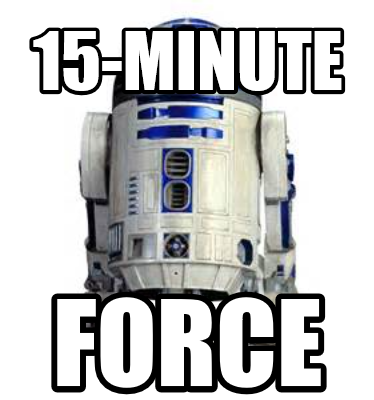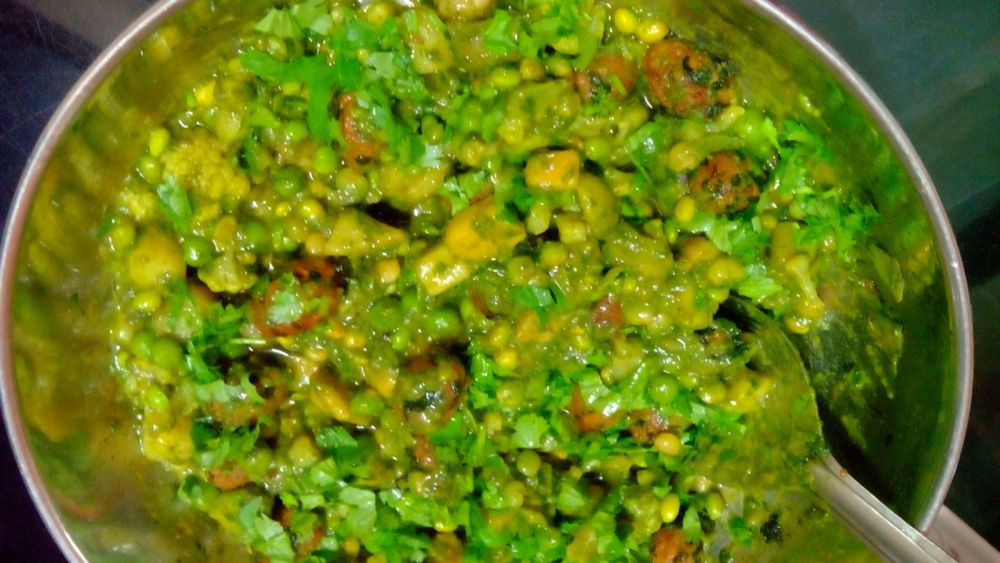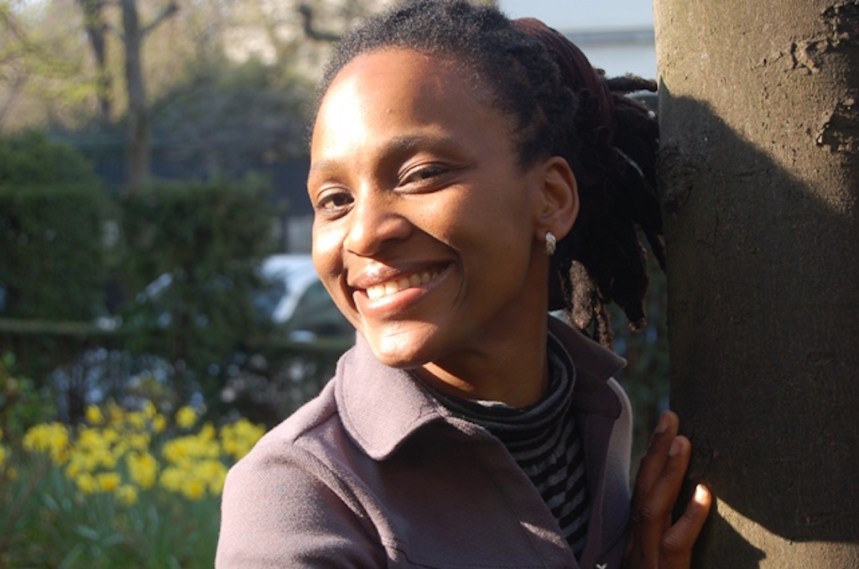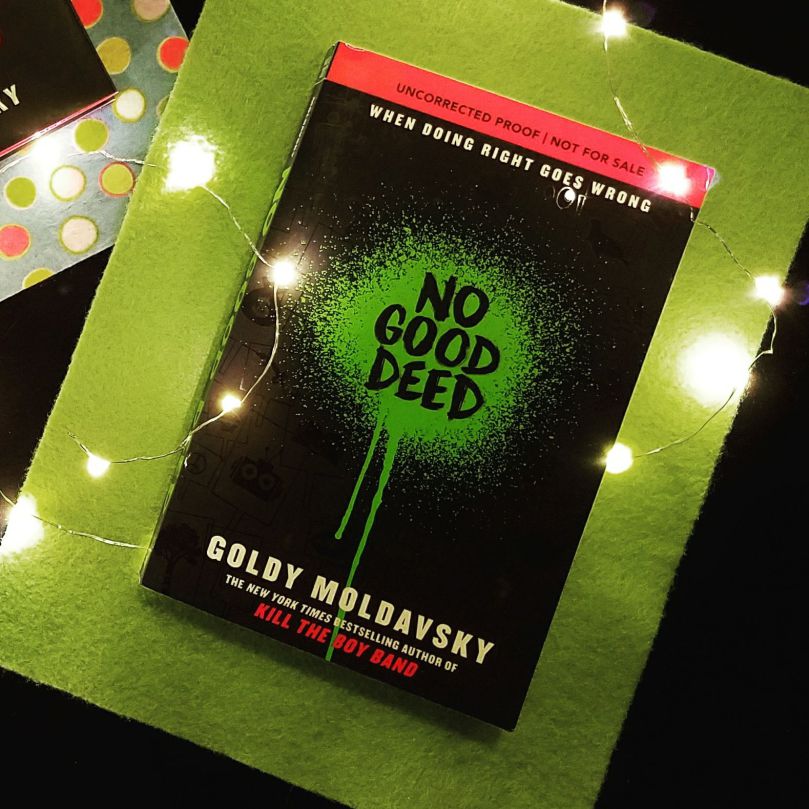Download links for: Killing the Messenger: A Story of Radical Faith, Racism's Backlash, and the Assassination of a Journalist


Reviews (see all)
Write review
This was a fascinating read, went through it very quickly and enjoyed it and learned a lot.
Shocking story of psychopathic murderers masked as a religious institution in Oakland, CA.
Best book I have read this year.
Best book i ever read!
Other books by History & Biography
Related articles












